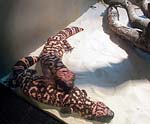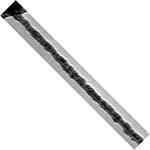Tip sheets highlight timely news and events at Washington University in St. Louis. For more information on any of the stories below or for assistance in arranging interviews, please see the contact information listed with each story.
You’re all wet
Old mosquito theory holds no water

So you think you know mosquitoes? Consider the venerable law that rainy weather is the cause of increased mosquito populations. An ecologist at Washington University in St. Louis says if you believe that, you’re all wet.
Roll over, Mendeleev
Periodic table not what it used to be

The periodic table isn’t what it used to be, thanks to innovations by a planetary chemist at Washington University in St. Louis. Katharina Lodders, Ph.D., Washington University research associate professor in Earth and Planetary Sciences in Arts & Sciences, has evalutated data from numerous studies including her own and arranged the data into a periodic table slanted toward astronomers and cosmochemists.
Timing is everything
Researchers find a pattern in evolution of lizard groups

Many scientists believe that each group of living things evolves in its own idiosyncratic manner. But now biologists at Washington University in St. Louis have proposed a general pattern among groups in the timing of evolutionary diversification.
Lilliputian discovery of great magnitude
Size, shape matter in nano world

Size matters, but so does shape, at least in the world of semiconducting nanocrystals, report chemists at Washington University in St. Louis. Their findings, published in the August 2003 issue of Nature Materials, demonstrate experimentally that the shape of a semiconductor nanocrystal can affect its electronic and optical properties.